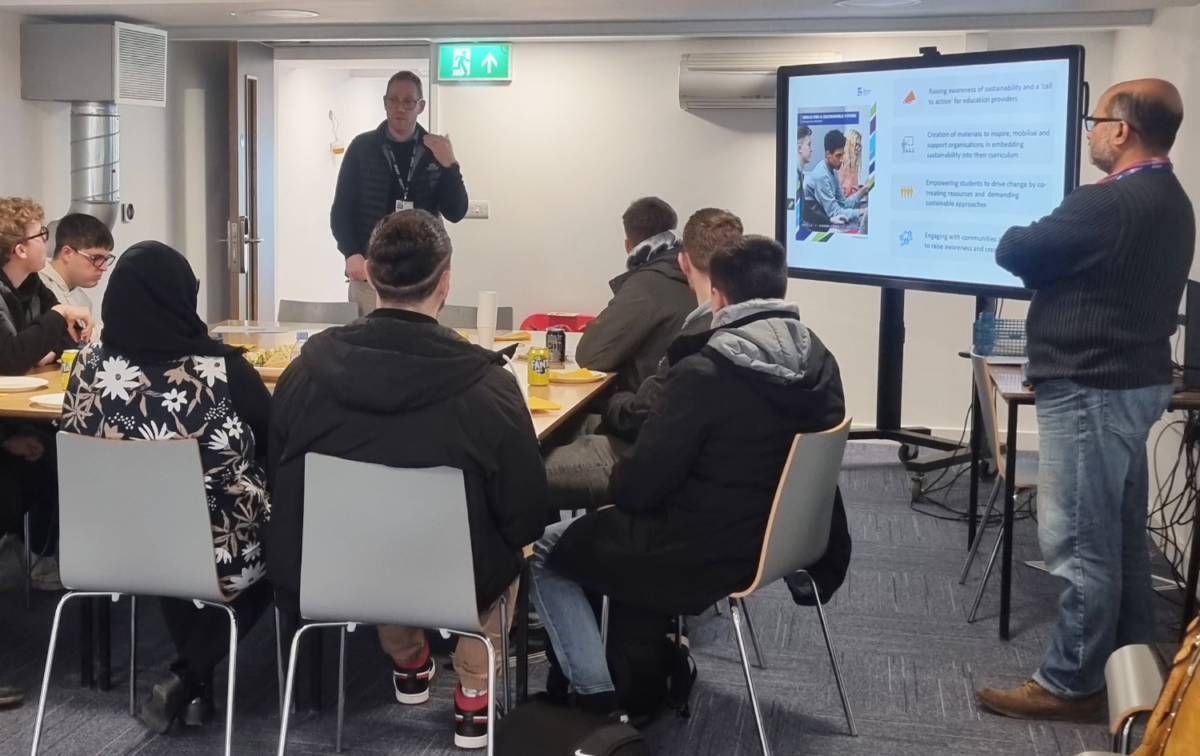Learning to Go with the Flow

Technological innovation is exploding right now. And it’s creating an equally massive skills gap, which is causing a complete revolution in how we work. According to the CIPD, nearly 70% of organisations are addressing this gap through training and development of current employees. Which is wise, especially given how difficult it is to find and hire new talent.
However, this approach requires a new model of learning and development (L&D). The phrase “Learning in the Flow of Work” was coined by Josh Bersin to describe a paradigm in which employees learn something new, quickly apply it, and return to their work in progress. It entails providing employees with tools that allow them to quickly find contextually relevant answers to their questions at the point of need. This simple concept is the next step in continuous learning—something that many businesses claim to value but few can demonstrate.
In-the-flow learning is different from traditional learning approaches, such as reading a book or attending a seminar or conference. Those formats are effective in their own right, but many people don’t have the time to devote to them. They want the opportunity and tools to learn as they work, individually deciding what they need to know and when. That’s why it’s crucial to provide employees with a variety of learning modes so that they can apply what’s appropriate for the task at hand.
According to the CIPD’s Creating Learning Cultures report,
“Many employees want to choose how and when they learn.” However, the report also points out that “individual learning is not the norm in every organisation, and businesses do not always support this learning and use it to continuously improve the way they do things.”
This must change. Upskilling and reskilling employees is a major concern (particularly within the tech industry), and businesses must do more to support their employees and encourage them to learn in the flow of work.
Create a learning culture
Your learning culture starts from the top. So communicate your initiative with employees and back it up with the resources they’ll need. Encourage them to drive their own learning, and emphasise that time spent learning is time well spent. And give them the tools and technologies that will help them accomplish their daily tasks and build new skills—whether that’s access to a learning platform, the opportunity to attend virtual or live industry events, or support for earning professional certifications.
Developed with a focus on learners
User experience (UX) is just as crucial for L&D systems as it is for customer-facing technology. To encourage use, you must meet learners where they are. For example, if an engineer is looking for a quick line of code to complete a project, pointing them in the direction of a 250-page ebook or a two-hour recorded conference session might not be so helpful. That’s why it’s essential to provide employees with multiple learning modalities so that they can choose what’s most useful in the moment.
Utilise innovation
Technologies like AI and machine learning are already helping businesses with a range of tasks, the most important of which is making sense of large amounts of data. AI-enabled L&D tools allow users to fine-tune their learning queries to quickly access the right resources in the flow of their day-to-day. Using advanced natural language processing, there’s no need to search textbooks for opaque answers. Quick, contextually relevant solutions to challenging technical questions can be delivered the moment they’re required, helping to bridge the gap between learning and doing—and eliminating the need for lengthy training sessions. It’s all about helping employees get back to work by providing them with the tools they need to get the job done.
Modernise measurement
One of the major barriers to implementing this paradigm is insufficient measurement. Historically, completion data or time spent on learning were used to assess learning retention and application. But that only gives you part of the picture. Leaders must go beyond traditional completion metrics to gain deeper insights into specific learning behaviours. Enterprises can identify significant trends in learning and align those initiatives with corporate strategy, though they must remember that measuring for time spent on learning is the wrong vector. It’s about impact and retention and employees using that learning to move your business forward.
It also becomes easier to recognise the impact of learning in the flow of work on your organisation. For example, one of O’Reilly’s multinational investment bank and financial services clients saved hundreds of thousands of pounds when one of its software engineers quickly identified the source of a chip-and-PIN system malfunction, getting operations back up and running quickly. While not all instances of learning in the flow of work are so significant, the point stands that the ability to save time, even in small increments, can have great benefits. To fully realise the benefits of learning and development, smart businesses should take an employee-first approach to learning. Give employees the opportunities, tools, and technologies they need to succeed and grow both within their roles and beyond. This “new paradigm” L&D is not a luxury; it is a necessity. Meeting learners where they are—in the flow of work—is an excellent first step.












Responses